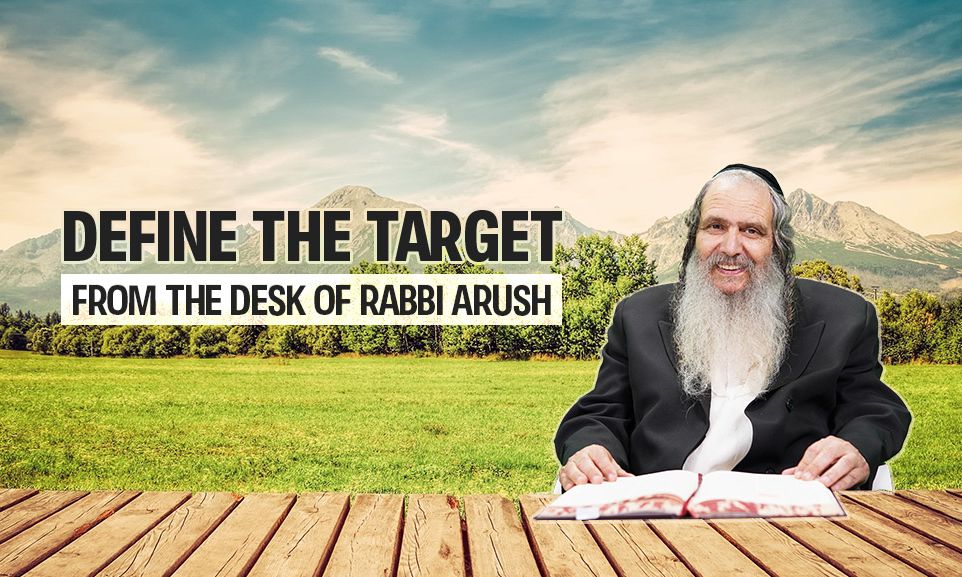
Define the Target
Our goal on Leil HaSeder is that our children will become bigger believers, truly trusting in Hashem’s goodness, speaking with Hashem at every step, and always looking forward to the Geula and yeshua, in those days, at this time.

Translated from Rabbi Arush’s feature article in the weekly Chut shel Chessed newsletter. The articles focus on his main message: “Loving others as yourself” and emuna.
There Is No Planning Without a Goal
Before every big step in one’s private or public life, or before a civil or military campaign, there must be a clear and definite goal, a target – what exactly you wish to accomplish. The Pesach holiday is undoubtedly one of the most significant “campaigns” in Jewish life: so much cleaning, so much shopping, so many preparations. It is an enormous effort that in the end distills into a very, very special night with a rich program that includes so many mitzvot and special things.
This is the night that shapes the inner world of a believing Jew: starting from the young children who have the seeds of faith planted in their hearts on this night, to great sages who also have the mitzvah to tell the story of the Exodus to each other, because they too are obligated to examine the great miracles every year, and become better at it.
So every serious parent certainly invests in this night and puts much thought into stories and new midrashim, questions and quizzes, and encourages the children to go and search for them themselves, and each and every one of us plans various ways – live demonstrations and awards and presents – to keep the children awake and to connect all the four sons and daughters to the story of our holy nation.
But before all the preparation, we must define the goal! What do you wish to accomplish?
Be Careful Not to Miss the Point
The goal is certainly not knowledge! There is no doubt that the goal is not only to tell the children a few more stories. In that case, what is the goal? What do you want your children to remember from this holy night? Will it be enough for you if they will have gained a few new thoughts and a bag of nuts and chocolates? Is this what all the work was for? Is that the reason that the Exodus from Egypt is such a central part of our holy Torah? Of course not!
Telling the story of the Exodus is not just giving knowledge and information, and not even making it an experience. The stories and new ideas and the wonderful experiences are only means to instill in the children’s hearts something much, much bigger and basic – the main point of Judaism: the holy faith!
If we merited, and had an uplifting, uniting evening, full of experiences, and all the children sang and read the Haggadah enthusiastically and enjoyed themselves hugely and their hearts were wide open, but in the end, we didn’t give them the main thing – our Seder becomes a huge, missed opportunity.
And therefore when you – father or mother – plan and “map out” your Leil HaSeder (Seder night), you must form a goal that you will keep in sight, so that all your actions will be aimed at the same target: to install emuna (faith); to come out of this night with greater emuna!
Defined and Tangible Aims
Here we must go into the details. “Emuna” is a very big word, and to define the goal properly, we must have an exact definition of what we want – down to the last detail.
In all the essays and books, when we speak of emuna, we are not speaking about a general belief in Hashem’s existence. Most of the world believes that Hashem exists. We are talking about “the tzaddik lives on by his faith” – to really live our emuna!
The expressions of emuna in everyday life are prayer, trust, and awaiting the Geula (final Redemption).
If we tell the children about the miracles and the Geula as stories from the past and Jewish history – we have not given over the message; we have missed the point. The whole purpose of the story is to live all those miracles in the here and now, because “In every generation a person must see himself as if he has left Egypt.”
Because every generation has its own Mitzrayim (Egypt), and the redemption from Egypt is not only the redemption that happened in the past, but rather the salvation that happens anew each and every moment for all types of meitzarim (tight spots) in the life of the nation at large and in that of every individual.
Just like we left Egypt then thanks to our emuna, today, too, the more we strengthen our emuna and trust in Hashem, Who wants to redeem us from all the types of meitzarim – we will be better able to stand and pray and bring down salvations and look forward to the complete Geula here and now as well.
The aim of Leil HaSeder (Seder night) is that the emuna and bitachon and looking forward to the Geula will be something tangible in our lives and the lives of our children.
Because like all the Jews in these days of fear and war, our children, too, feel the great distress of the Jewish People. This is our Mitzrayim right now. Leil HaSeder is the opportunity to give them the resource of emuna as an answer to their problems, to their lives. This is what’s called to really connect our children to the emuna and the Exodus from Egypt. We must strengthen their resilience, their trust in a loving Hashem, Who does the best for them not only back in Egypt, but in our days as well. [Editor’s Note: And at this point, it is impossible to ignore the great siyata diShmaya (help from Above) that we were blessed with just this week, with the Iranian attack on Israel of hundreds of drones and missiles failing to cause any significant harm!]
To “Get into the Head” of Our Forefathers
Let’s take one example from the story of the Exodus, of how to bring to life a well-known story and emphasize the message of emuna. The same can be done with all the rest:
Imagine the nisayon (test) of the Jews at the time of the Plague of the Firstborn. They are all sitting in their homes, eating the korban Pesach with their families, and suddenly they hear horrible screams coming from all over. A big tumult. What is one’s natural instinct? To go outside and see what’s happening, to protect the family, and such like. But Hashem says to them: “And none of you shall go out of the opening of his house until the morning”! If you have blood on the door frame, you are protected. One needs much bitachon (trust) in Hashem to remain at home, calm and collected, and continue to eat peacefully while the ground is heaving under you.
Have you ever thought about that? Have you ever imagined that moment in the Redemption of “And it was in the middle of the night”? Have you ever tried to think how the Jews felt at that moment, and to understand the tremendous nisayon they had?
That is called to really tell the story of the Exodus from Egypt, to really “get into the head”, and feel the atmosphere. And when you “get into the head” of Bnei Yisrael, it is very easy for you to find these feelings today, too, in a reality of a terrible massacre that took place half a year ago, and to think of the immense fear felt by our brothers and sisters when permission was granted for the mashchit (the destroyer) to destroy, and all the quiet streets and paths became blood and fire and smoke, and the sky was filled with missiles and bombs.
On Leil HaSeder one should get hold of that emuna of Bnei Yisrael back then, in spite of all the fear, and instill it in ourselves and in our children; instill in them this wonderful bitachon of “A thousand may fall beside you, ten thousand at your right hand, but it will not come near you,” (Psalm 91:7) and of “The nations all surrounded me but in Hashem’s name I drove them off.” (Psalm 118:10)
A Promised Protection
And that is the entire goal – to bring to life the story of Yetzi’at Mitzrayim: to feel the same distressing feelings and to instill in them the emuna, and see how emuna is the anchor and the support that lights up all the exiles, as in “And they were mesaprim (telling) all that night,” with the drasha in the books of Chassidut on mesaprim, that it is like an even sapir – a precious stone, that it is the light of emuna that lights up the night and the darkness in life.
And it is that bitachon that protects the person. Therefore, Leil HaSeder, which is all about emuna and bitachon, is a night in which we are protected from those that want to harm us, as is explained in Sefer Hachinuch that when a person awakens his heart to trust in Hashem yitbarach alone and to fix the fear of Hashem in his heart and to trust in His loving kindness and goodness – as a result of that, without doubt he will be protected from any harm.
And therefore, the Geula was in the merit of Yosef Hatzaddik, because Yosef Hatzaddik was immersed in the depths of darkness: a lifetime slave in Egypt. But he never stopped trusting in Hashem and praying in the house of Potiphar and in jail for thirteen years without giving up, until he rose from the dungeon straight to kingship, and only after many years did it become clear that it was all for the good!
We must instill in our children and ourselves that behavior of Yosef Hatzaddik, who, according to the midrash, before everything he did in the house of Potiphar would pray in an undertone: “Master of the World, You are my object of trust, You are my Master Who supports me and protects me at all times, may I find favor in your eyes and the eyes of all who see me, and in the eyes of Potiphar, my master”, and then he would ask that his needs be fulfilled.
Therefore, our goal on Leil HaSeder is that our children will come out of it bigger believers, truly trusting in Hashem’s goodness, kindness, and love, speaking with Hashem and praying at every step, and always looking forward to the Geula and yeshua, in those days, at this time.
Wishing all Jews Pesach kasher vesame’ach, a Pesach of faith and salvation.


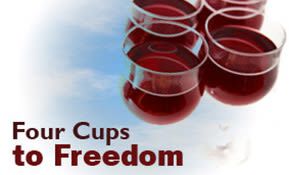

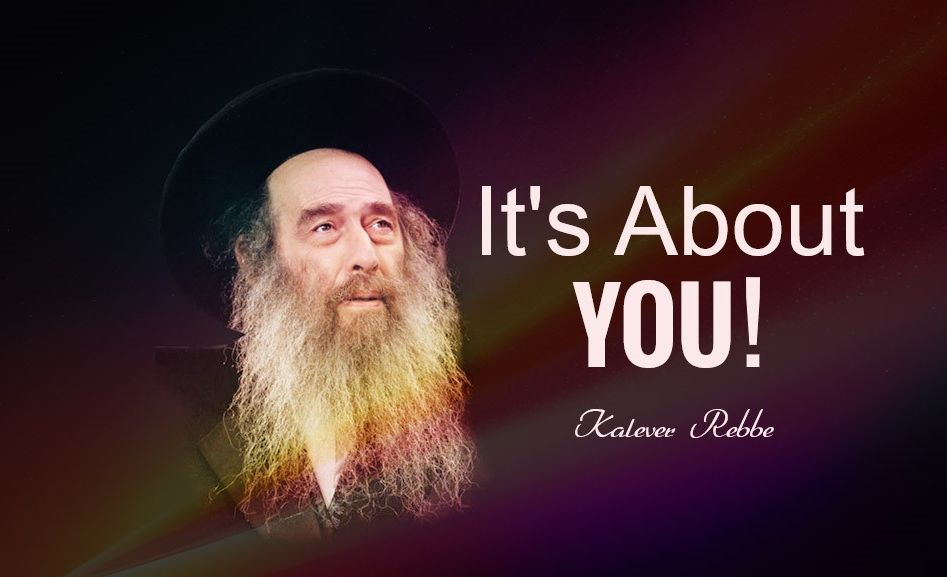

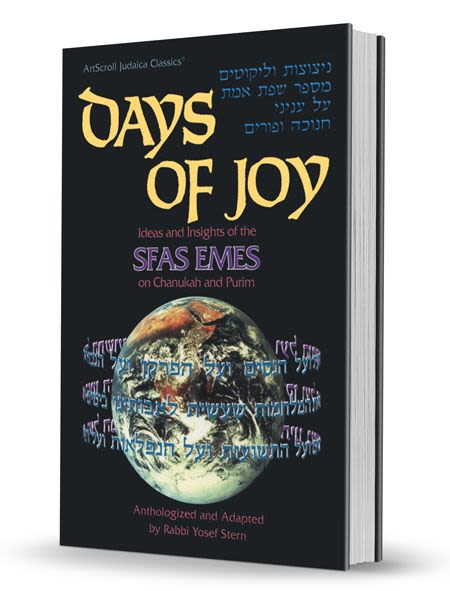
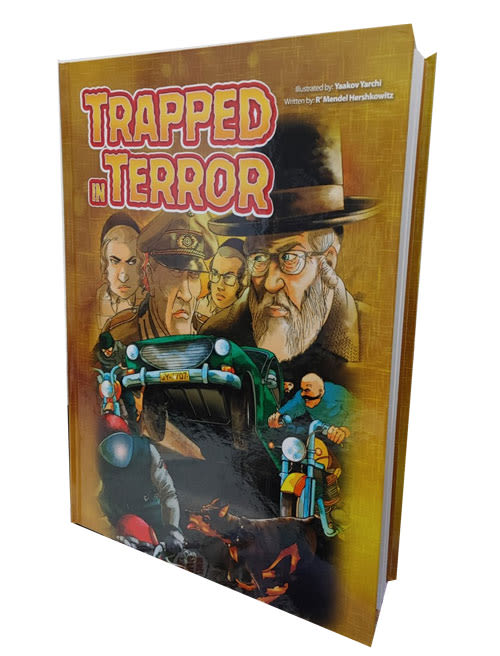
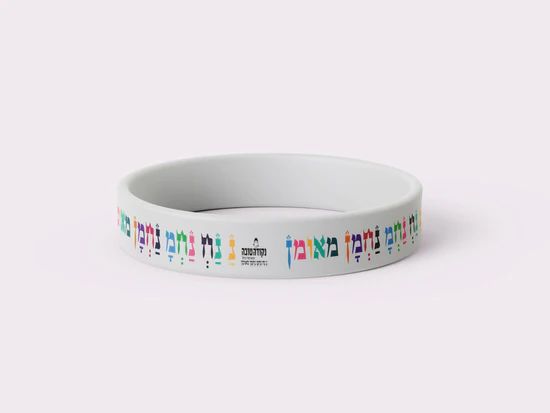
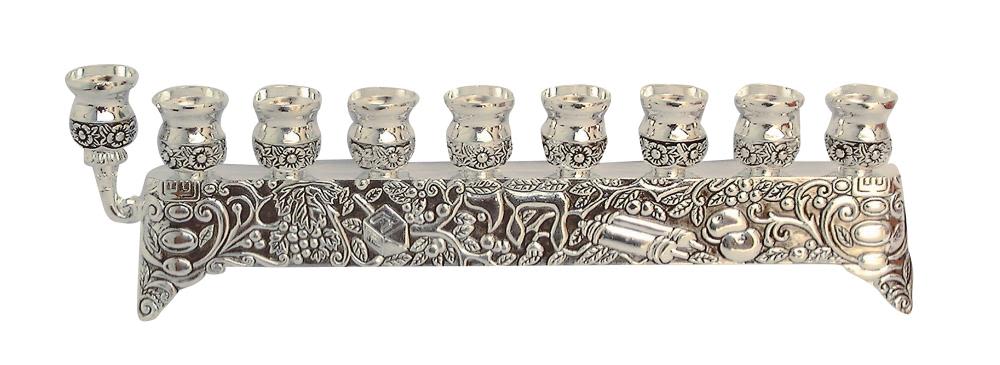
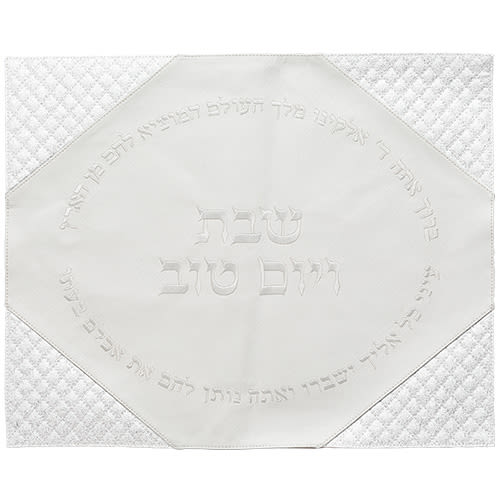
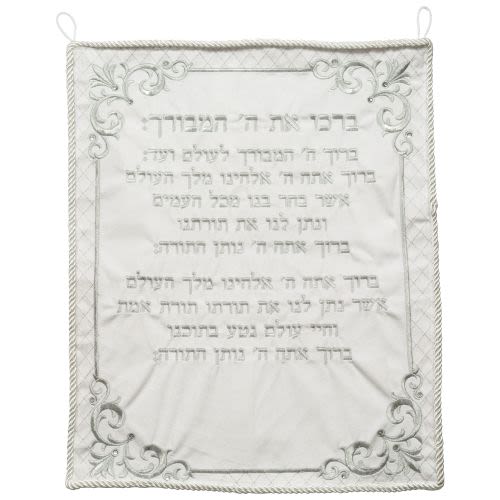
Tell us what you think!
Thank you for your comment!
It will be published after approval by the Editor.